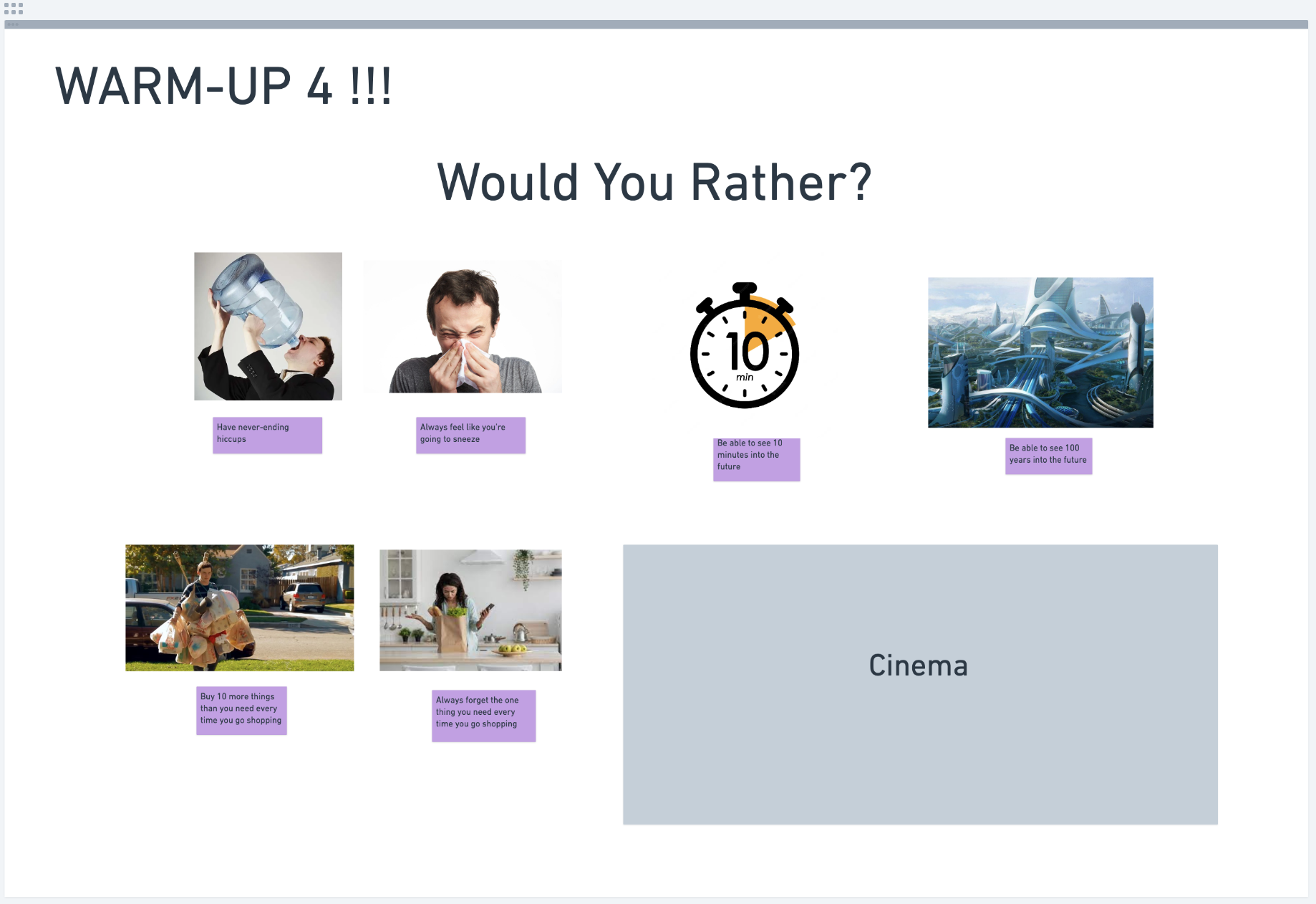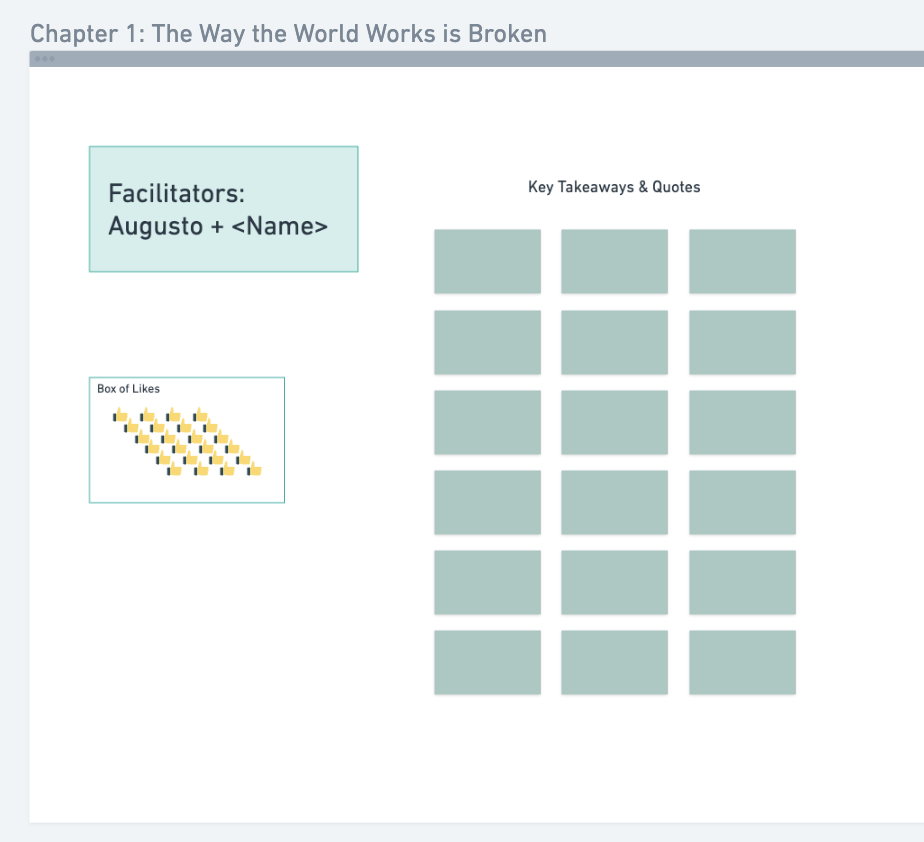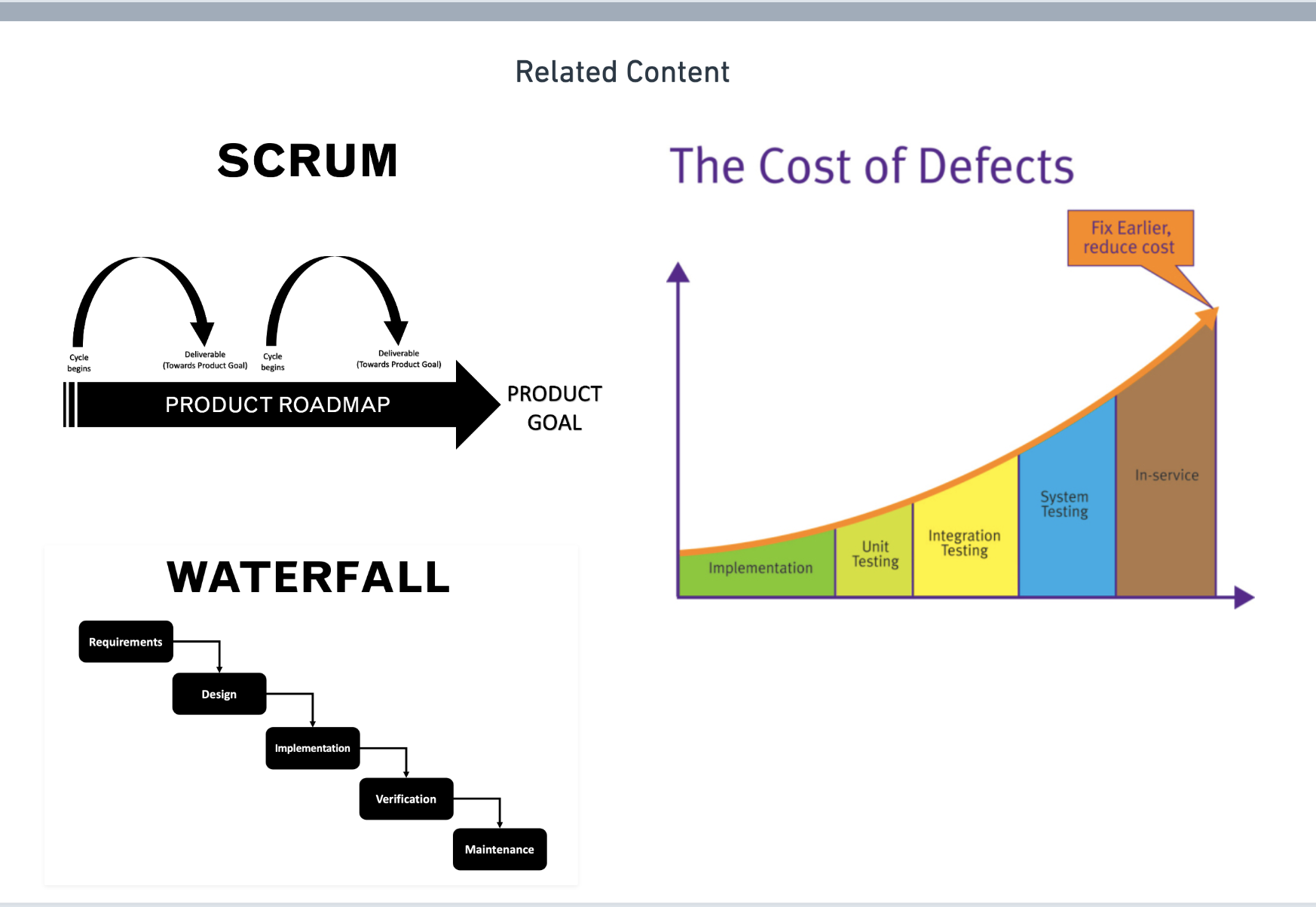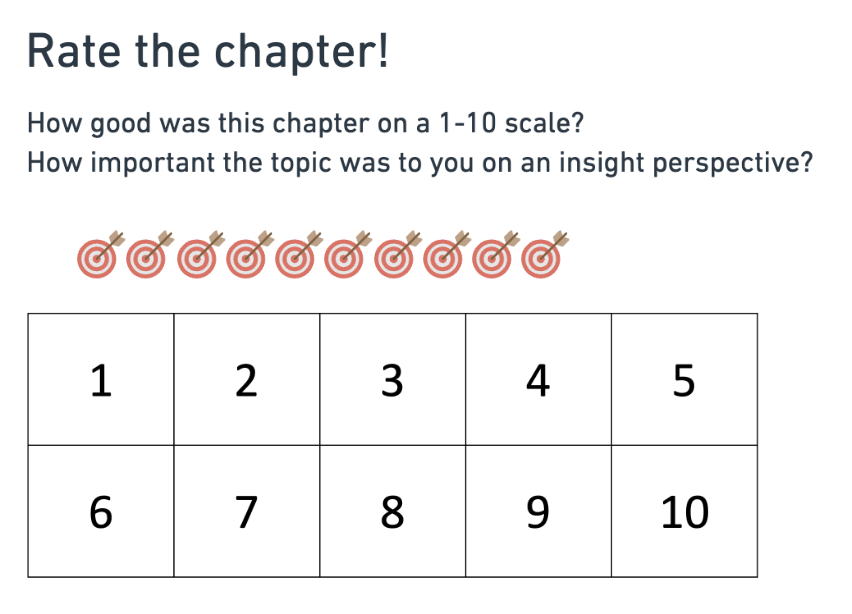Motivation and Goals: As Zensurance grows and new Scrum Teams are created, a need for new Scrum Masters appeared and, as a part of the Agile Chapter, we decided to create a book club with the Scrum Masters to improve our knowledge and share experiences on the topic.
The book we chose for this time is Scrum: "The Art of Doing Twice the Work in Half the Time" and we will share the main takeaways about the content in a later article. For this time, we will focus on the format we created, how it evolved, and the learning we had with it.
We created a model for the book club that, at first, had the goal of:
- Learning more about Agile and Scrum
- Helping Scrum Masters to evolve in their role and as Facilitators
- Having engaging discussions
- Having concrete takeaways
The Initial Format: After a quick alignment, we decided to have a 1-hour weekly session to discuss one chapter at a time. An important rule was established to make the sessions different and engaging: a rotating Guest Facilitator role would run the meeting with the Agile Coach.
The idea behind this was to help the Guest Facilitator, in this scenario a Scrum Master, to improve in facilitation, time management and meeting preparation skills. Coincidentally, there were 9 chapters in the book and 9 Scrum Masters in the Engineering team, which made it possible to have one different Guest Facilitator every week.
To help the group achieve our Book Club goals, we created a session format that includes 4 main phases:

Warm Up:
We begin the session with a quick 10-minute wait for people to join & warm up.
Knowing how to prepare and conduct a warm up is beneficial in a session where we need participants to fill out inputs and speak their minds about a certain topic.

Key Takeaways & Discussion: Sometimes we read the chapter days before the Book Club session and to make sure nothing is forgotten, we have the board available for people to fill out Key Takeaways at any time. During this phase, we fill out feedback about the book chapter, ideally, those should be filled async before the meeting but we also give some time for the last-minute ones. That feedback can be anything such as a passage of the book, something you disliked, something you appreciated, etc. Then, we cluster ideas related to the same topic and discuss with the group thoughts and insights.

Related Content: Sometimes the book refers to other content by just giving a brief explanation of the topic. Some of that content could be explored more and we have a phase for those situations. We reserved the final minutes of the session to go through that and the facilitators prepared the related content before the meeting. Often new related content appears during the session as well.

Feedback & Actions: This is an async phase where we fill out any feedback about the chapter, the session, the discussion, etc.
The prework: It is important to register the importance of having a prework for such a session. The sessions were held on Wednesdays so the facilitators would gather some days before (usually on Monday) and prepare:
- Who is facilitating each of the phases?
- Identify and create related content
- Insights about the week’s chapter and how to engage people on that content
The format evolved during the sessions: As we progressed through the chapters, improvement ideas started appearing and we implemented some of those for the current Book Club.
The “Box of It depends”: We already have a “Box of Likes” for people to show they agree with the idea and for those moments where you have the same takeaway that is already written on the board. The “Box of It Depends” provides an icon for people to show that some of the takeaways depend on the context and team.
The “Box of Dislikes”: For moments where you disagree with a takeaway or something from the chapter we are discussing.

Rating the Chapter: It was very clear that some of the chapters engaged more than others, that’s why we decided to implement a rating of the chapter at the beginning of the session to not lose this feedback.

Do the Related Content (phase 3) before the Key Takeaways & Discussion (phase 2): Sometimes the related content was very interesting and, depending on the chapter, it made sense to do that phase before to give even more inputs and context for the participants. The idea is for the facilitators to identify when to make this change during the prework.
Attendance: It is also interesting to gather the attendance rate of the session to use as a metric for engagement after the book club is over. That’s why we started measuring this as well.

Insights we learned from using this format:
- When it comes to discussing how different teams apply the Agile Mindset, sometimes it is hard to relate to what some teams bring to the table, since the reality changes from team to team. Having everyone talking about the same scenario that was brought from the book chapter made the discussion more engaging and interesting.
- The “dislike” and “it depends” boxes help the session by giving tools to help the participants disagree in an organized manner.
- Having an Async feedback method does not provide a lot of input, this model needs a new way of gathering feedback from participants.
The Current Template: Here you can find a whimsical template in case you want to use it in your book club. In the next weeks we will release another blogpost with our learnings about Agile & Scrum!










